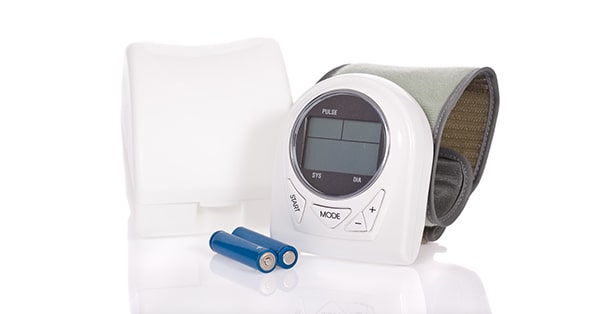
[Rechargeable battery Q&A] Even though I replaced it with a rechargeable battery, it still doesn't work! About products that are not compatible with rechargeable batteries
Share
 To save money and go eco-friendly. Have you ever tried to use a product by replacing dry batteries with rechargeable batteries, but the product doesn't work properly, or the battery runs out quickly even though it's fully charged?
To save money and go eco-friendly. Have you ever tried to use a product by replacing dry batteries with rechargeable batteries, but the product doesn't work properly, or the battery runs out quickly even though it's fully charged?
In fact, the cause may be a problem with the compatibility between the rechargeable battery and the product! This time, we will introduce the reasons and specific examples of products that are not compatible with rechargeable batteries.
When battery voltage is involved
The product may not work properly due to the "voltage difference" between dry batteries and rechargeable batteries.
In general, the voltage of a dry cell battery is 1.5V, while the voltage of a nickel-metal hydride rechargeable battery is 1.2V, and the voltage of Enevolt's nickel-metal hydride rechargeable battery is also 1.2V.
Due to this difference in voltage, the device you are using may not operate stably, or may detect that the battery is low and may not operate at all.
In particular, we sometimes receive inquiries from people who try to use rechargeable batteries in blood pressure monitors, weight scales, educational toys, etc., but they do not work well or do not work at all.
To prevent product failure, check in advance whether the product you want to use with a rechargeable battery is compatible with rechargeable batteries, such as in the instruction manual, etc., and if there is a specification for the battery to be used, or if there is a wording that says that rechargeable batteries cannot be used. If it is listed, please be careful not to use rechargeable batteries .
When battery size matters
 There is a standard for battery size called JIS standard for Japanese industrial products, and many batteries are designed according to this standard.
There is a standard for battery size called JIS standard for Japanese industrial products, and many batteries are designed according to this standard.
In general, rechargeable batteries are often designed to be slightly larger than dry batteries, even if they meet the JIS standard size, and although Enevolt's nickel-metal hydride rechargeable batteries also comply with JIS standards, compared to dry batteries, The size is slightly larger.
As a result, if the device that uses the battery has a battery hole designed to fit a dry cell battery, if you insert a rechargeable battery there, the rechargeable battery may not fit in the first place, or it may not come out because you have forced it in. can happen.
In particular, we occasionally receive inquiries about people trying to use rechargeable batteries in devices such as strobes that require batteries to be inserted , but the size is too tight and they cannot be removed.
If you are using a rechargeable battery for the first time, please check in advance whether there is enough space in the battery hole of the product you want to use, and do not force it into the battery hole .
Be sure to read the instruction manual before using the rechargeable battery.
In order to use the rechargeable battery you have purchased comfortably, be sure to check the instruction manual of the product you want to use when using the rechargeable battery for the first time. Please check in advance whether the instruction manual of the product you wish to use specifies the type of battery to be used, such as "Uses single size dry cell batteries" or "Alkaline batteries only" , or whether there is a statement such as "Rechargeable batteries cannot be used" .
summary
What did you think? This time, we have summarized the points about products that are not compatible with rechargeable batteries and the reasons why.
When using rechargeable batteries for the first time, check in advance whether the product you want to use is compatible with rechargeable batteries and whether the battery hole size is too large. If the operation becomes unstable, first check to see if the product is not compatible with rechargeable batteries!

